I thought it would be easy. A walk through the park. Granted, it would be a walk through a park that just happens to contain one of the world’s most impressive waterfalls, but nonetheless, an easy day excursion.
I was wrong. Visiting the Argentinean side of Iguazu Falls (locally called Cataratas del Iguazú) from Brazil was a hot, sweaty struggle that included several sticky mishaps and a dizzying pattern of hurry up and wait.
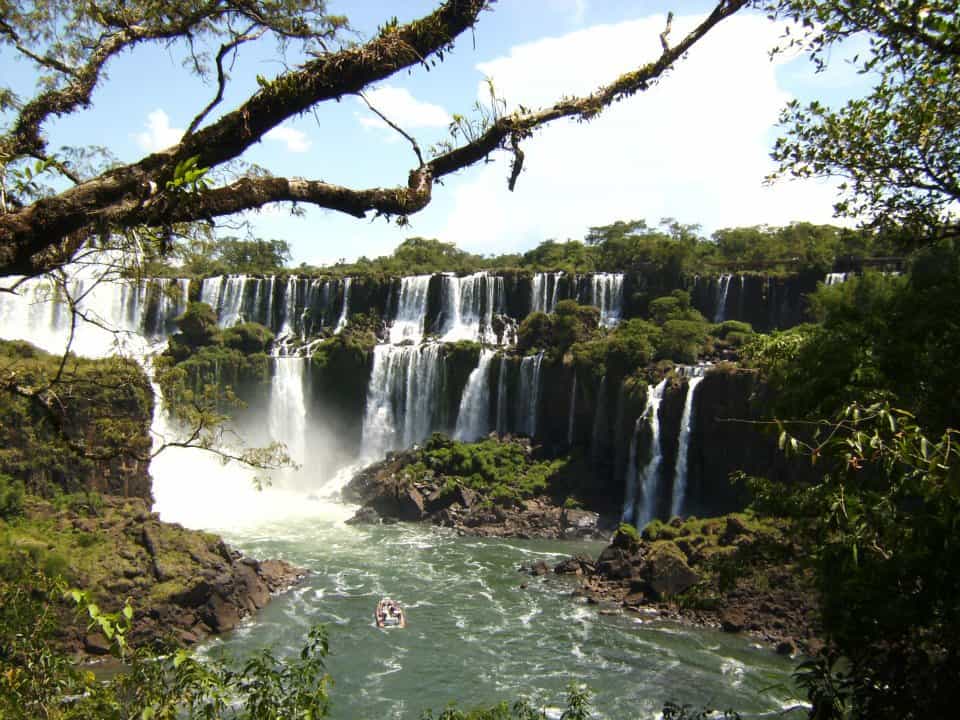
Getting There
I should have known the day would be rough when within minutes after stepping out of my air-conditioned pousada room a rather unattractive heat rash specked across my chest and a slow drip began to trickle down my back and across my forehead. My only exertion had been a slightly inclined 5-minute walk to the local bus station, but I guess the strong sun and temperatures tipping past 100 degrees were a force to be reckoned with, even at 9 in the morning.
Since I was based on the Brazilian side of the falls, I had to hop the border to enter Argentina’s Parque Nacional Iguazu. From Foz do Iguassu, the Brazilian city closest to the falls, travelers who are either too cheap to book a tour or who enjoy the challenge of mastering foreign transportation systems need to board a bus heading to Puerto Iguazu.
The 45-minute journey includes a 15-minute shuffle through immigrations at the Brazil-Argentina border. If you’re planning to stay in Argentina rather than returning to Brazil the same day, you’ll need to get off at the Brazilian side and hand over your entry card. The bus will not wait for you.
As we drove into Argentina, I peered out the window expectantly but was disappointed to discover very little to distinguish the Brazilian side of the river from the Argentinean one. I swapped to a local bus and 20 minutes later I was at the entrance of Iguazu Falls, separated from nature’s majesty by only a brown ticket building and a few souvenir shops.
And a complete lack of local currency.
Poor Preparation
Who’d have thought a major tourist attraction located only miles from two international borders (Iguazu Falls sits where Paraguay, Brazil, and Argentina meet) would only accept Argentina pesos, while in other Latin America countries, like Peru, they’re happy to accept US dollars throughout the entire country? I had plenty of Brazilian money in addition to US dollars, but both were now worthless to me.
After cursing the Lonely Planet for failing to mention this extremely relevant fact, I pitifully wandered around the entrance gate, trying to pawn off my shunned currencies. I worked myself up into a sweaty panic before finally succeeding with a sympathetic snack shop worker willing to exchange my Brazilian reais for pesos if I purchased a bottle of water. Crisis averted but stress level increased.
Onwards to the park! Well, at least onwards to a long line. I didn’t realize that in Parque Nacional Iguazu you can’t walk everywhere. Rather, there is a tourist train that at first seems charming (but quickly becomes annoying) that transports you from the entrance into the heart of the park and then onto the park’s main attraction, Devil’s Throat. My plans of dashing along all the trails and pushing past fanny-packed flip-flopped tourists were dashed. Instead, I found myself impatiently stuck in a cattle corral of scantily-clad visitors waiting to board a train that reminded me of the children’s attraction at my local zoo.
The Falls
But of course, the payoff was worth it. Devil’s Throat (Garganta del Diablo) is located at the end of a narrow metal walkway suspended above the wide and primarily tranquil Iguazu River. The path configuration encourages a single-file trudge, which can be frustrating but actually helps build anticipation.
As I progressed, the puff of water vapor became thicker and the growl of water plunging 670 feet turned into a roar. The platform opened enough to allow jostling and dizzying views. Without our orderly imposed lines, the slippery metal walkway turned into a seething mass of photography-hungry warriors, each fighting for picture-perfect placement.
Though the vapor provided refuge from the heat, it also obscured visibility, threatened traction, and slipped things right out my fingers. Like my camera case, which after tumbling to my feet and being kicked to the ledge, hovered precariously between life as its intended purpose (protecting my camera) and falling to a watery grave. Luckily, a quick dive between a German tourist’s legs left me with scraped knees, but also the case.
By now it was already midday. Another toe-tapping wait for the tourist train and crowded ride back to the center of the park preceded a panting hike along to the lower circuit toward San Martin Island. A free boat runs to and from the island until 3:00 p.m. and I was determined to make it. I plowed along the dirt paths and up and down steep stairs, working myself up to a ridiculous red-faced fury.
Hot, Hot, Hot
To reach the boat entrance I had to pass a small medical station. Here other strawberry-faced patrons had already succumbed to the heat. They sat in plastic chairs surrounded by concerned family members, flopped again a stone wall blessed with a sliver of shade, and one woman seeming to suffer from extreme heat stroke was whisked away in a wheelchair.
I puffed past the tropical make-shift infirmary and down a series of narrow stone steps, excited I’d made it there a full hour ahead of the boat cut-off time. But my eager grin melted when a park ranger barred my path with a cross-armed stance and stony shake of his head. Despite the official time posting, he informed me the boats weren’t accepting more passengers, and I had to turn back.
Curse you, Latin America time!
I trudged back to the staircase, which now seemed insurmountable. As I passed multitudes of those suffering from heat exhaustion, the landscape around me turned fuzzy. Bursts of light speckled my vision. Breathing became difficult and I staggered my way over to the pathetic-looking huddle of others taken in by the heat. I clung to the cool rock as if my life depended on it—and during that moment of weakness, I was convinced it did. When the flashes that existed only in my mind receded, I took a sip of warm water from the small bottle I’d purchased at the entrance. It was my single liquid lifeline – I couldn’t afford another 5 dollar bottle of water (though oddly the stores within the park did, indeed, accept multiple types of foreign currency).
Attitude Adjustment
A sweaty mess of exhaustion and disappointment, my body yelled at me for pushing through the sweltering heat while my mind cursed me for poor planning. My common sense, however, told me to get over it quickly and enjoy the rest of the park, which, despite my candid tale so far, is truly a remarkable place.
I suppose it’s relevant to note I’m not a newbie traveler. I’ve ridden on chicken buses, trekked in Peru, dined on suspect meals, and sweated it out sketchy topical towns. In other words, I’m not a tame tourist. Yet Iguazu managed to get the best of me. I was unprepared for the costs, complexities, heat, and crowds. Visiting on my first full day in Brazil was probably a bad idea also, and my sensitive northern body rebelled against the climate shock.
I finished the day by following the Upper Circuit, which provides great views from the top of the falls. The open-air here was cooling and the pathways far less crowded. No train trips were required.
Next Time
I don’t want to discourage anyone from visiting Iguazu Falls. In fact, I highly encourage it, even though it is isolated along the border of Argentina and Brazil far from other travel attractions and a struggle to get to. 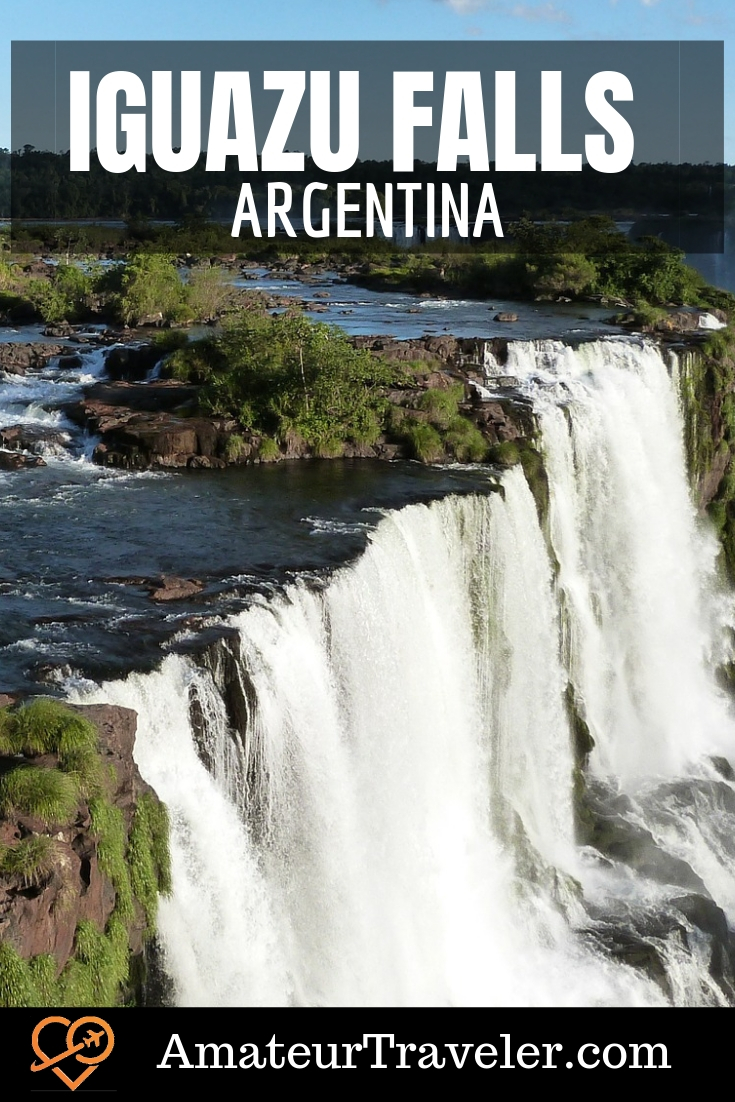
If You Go: If you’re not dissuaded by my travel mishaps, you can visit Iguazu Falls in Argentina by booking things yourself or by traveling with a tour company. If you’re a backpacker, be sure to check out the park’s official website before you travel or if you prefer not to leave things to chance, consider booking a tour package through a South America travel company. Many agencies specialize in multiple destinations, which is helpful since Iguazu tours are almost always combined with another Brazil or Argentina destination.
2 Responses to “Iguazu Falls, Argentina – What You Need To Know Before You Go”
Leave a Reply
Tags: argentina, article, iguazu falls

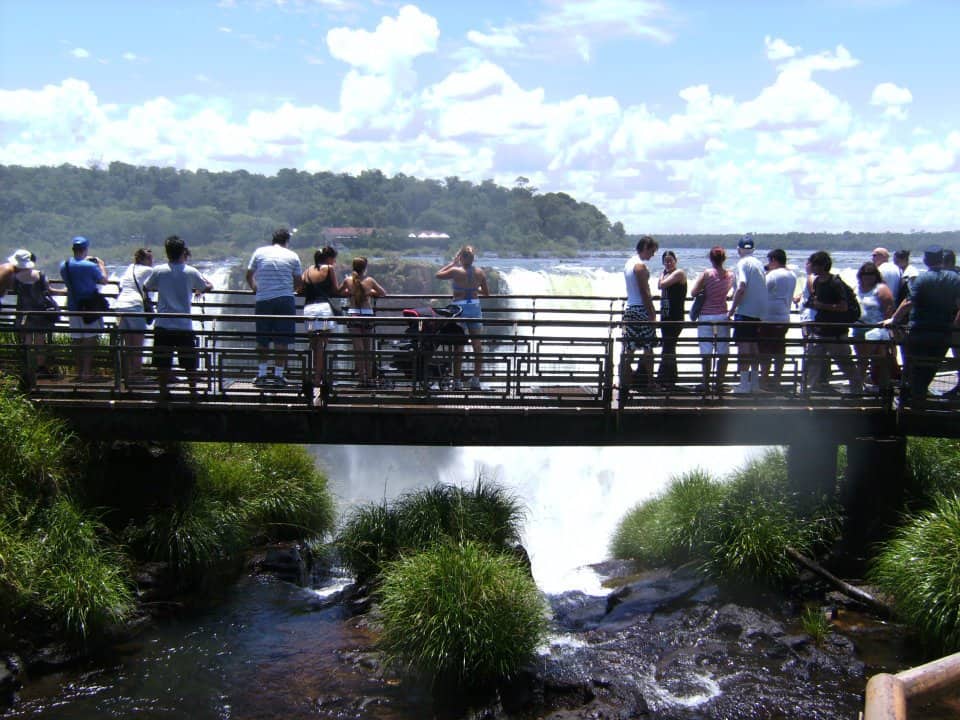
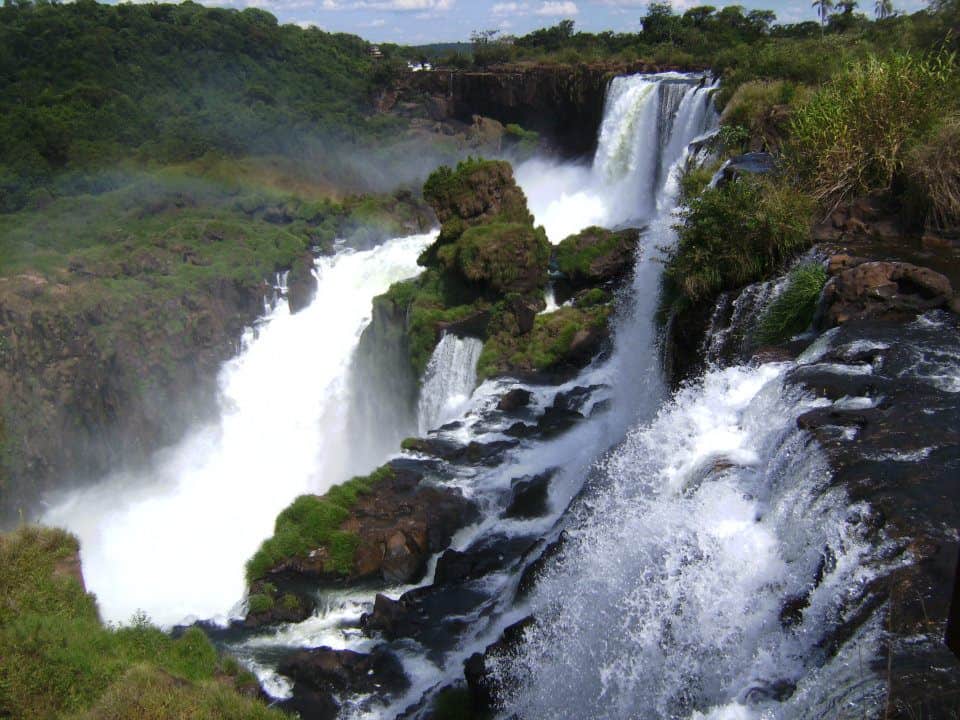
 Argentina (part 2) – Episode 44
Argentina (part 2) – Episode 44 Graffiti in Buenos Aires, Argentina
Graffiti in Buenos Aires, Argentina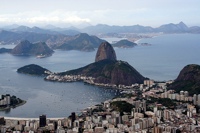 Travel to Brazil – Episode 90
Travel to Brazil – Episode 90


Mary @ Green Global Travel
Says:May 23rd, 2012 at 10:09 am
That stinks that you had such trouble at the entrance with currency! At least you were able to get through at last.
Verónica
Says:January 8th, 2014 at 7:29 am
I’m so sorry to know about all those details we are never told. I’m from Misiones but not from Iguazú. I’m from the capital at the South, Posadas. It was good to read this because here politicians are all the time talking about how great tourism is in this province when you actually need a lot of money for getting the best treatment and that is not fair for a place full of peaceful nature.